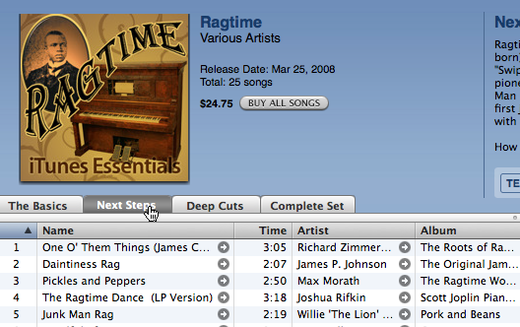“Act One: An Autobiography” [Amazon.com] is playwright and director Moss Hart’s look at the long, arduous road that led to his breakthrough hit “Once in a Lifetime.” Designer Michael Bierut calls the book “the best, funniest, and most inspiring description of the creative process ever put down on paper.” It really is a terrific read.
One thing I found interesting in the book is the way the play’s words on the page are often meaningless. The play is slaved over by its authors and rehearsed endlessly, yet it is still almost completely rewritten after it goes in front of early audiences. In this passage, Hart describes why the only genuine test for a play is a real, paying audience.
[Fellow playwright George S.] Kaufman did not hold with the theory or the practice of having run-throughs for his friends or friends of the cast, or even for people whose judgment he respected and trusted. He held firmly to the idea that no one person or collection of persons, no matter how wise in the ways of the theatre, could ever be as sound in their reactions as a regulation audience that had planked down their money at the box-office window, and in the main I think he was correct. There is perhaps something to be learned from a run-through for friends or associates; but more often than not, it can be as fooling in one way as it is in another. I have witnessed too many run-throughs on a bare stage with nothing but kitchen chairs and a stark pilot light and seen them go beautifully, and then watched these plays disappear into the backdrop the moment the scenery and footlights hit them, to place too much reliance on either the enthusiasm or the misgivings of a well-attended runthrough. The reverse can be equally true. however well or ill a play may go at a run-through, there are bound to be both some pleasant and some unpleasant surprises in store for the authore when it hits its first real audience.
It’s the same for plenty of other products too. You can do all the planning you want. You can focus group. You can beta test. You can theorize. You can project. But nothing will ever match the feedback you get from real people, especially ones who are paying to use what you’re selling. Everything up until then is conjecture.
It’s one more reason to kick your project, whatever it is, out of the nest as soon as you can. It’s often the only way to know if it can really fly.
I know it’s tempting to counter, “But it’s not perfect yet!” Does it have to be? Trying to make it perfect often puts a shield up that closes you off from what you need most: feedback. Instead of improving, you wind up delaying the moment of truth that can provide the map to improvement.
Reminds me of a quote in “How Google Decides to Pull the Plug” [NY Times]. Jeff Jarvis, author of the new book “What Would Google Do?”, says:
Perfection closes off the process. It makes you deaf. Google purposefully puts out imperfect and unfinished products and says: ‘Help us finish them. What do you think of them?’
Google releases imperfect, unfinished products intentionally. How much does what you’re making really need to be perfect before it gets out there?
Related: Race to Running Software [Getting Real]




